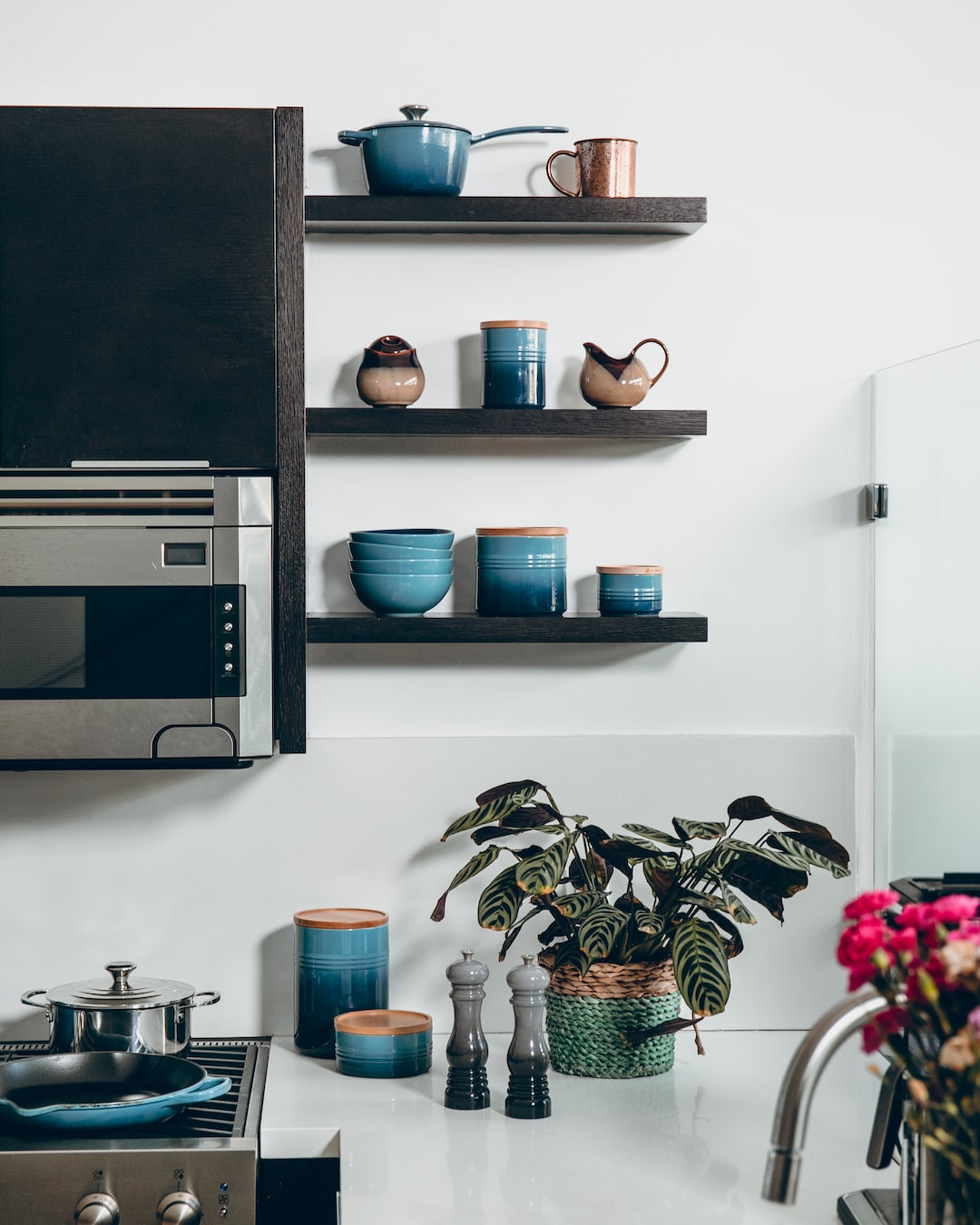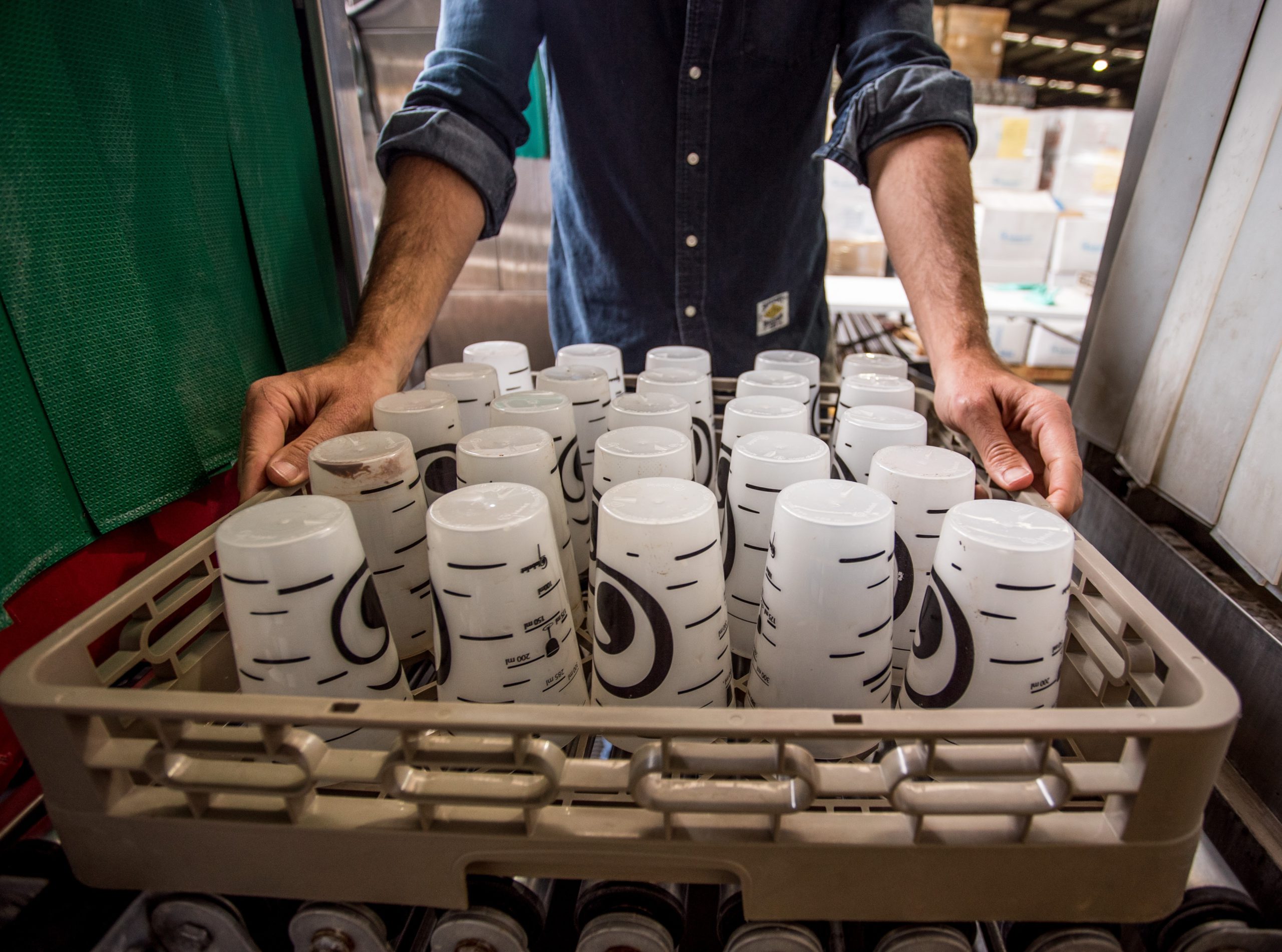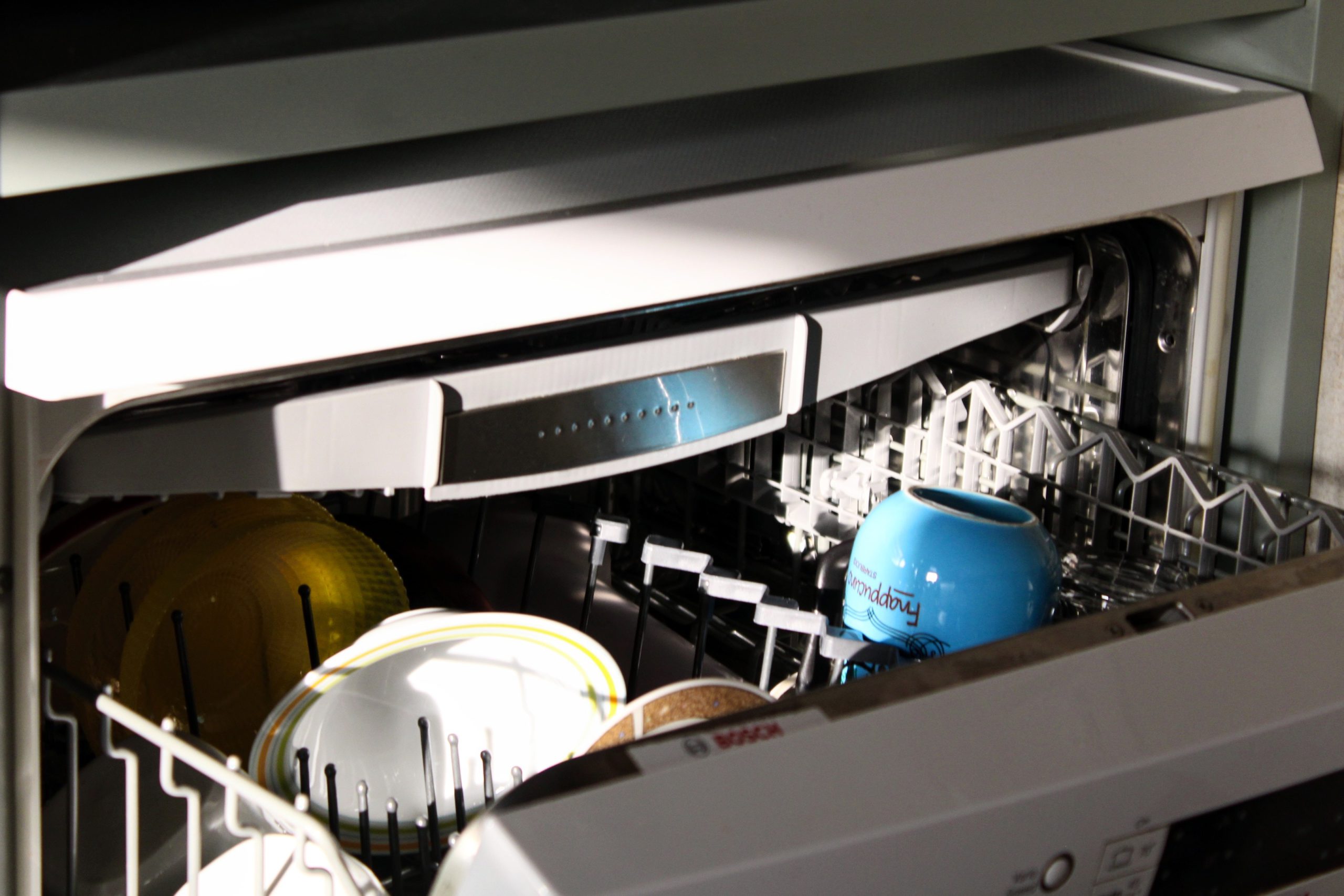Ladle of Contents
Key Takeaways:
– When choosing utensils for stainless steel cookware, consider factors such as sustainability, heat resistance, durability, and ease of cleaning.
– Bamboo utensils are a sustainable option that require hand washing and occasional oiling.
– Wooden utensils are classic, germ-resistant, and environmentally friendly, but they stain easily and require regular oiling.
– Silicone utensils are affordable, heat resistant, and come in various colors, but they can be damaged by sharp objects and some may contain fillers.
– Metal utensils are durable, easy to clean, and dishwasher safe, but they can cause superficial scratches on stainless steel cookware.
Bamboo Utensils: A Sustainable Choice
Bamboo utensils have gained popularity in recent years due to their sustainability and eco-friendly nature. Bamboo is a fast-growing grass that can be harvested without killing the plant, making it a renewable resource. When it comes to using bamboo utensils with stainless steel cookware, there are a few things to keep in mind.
Firstly, bamboo utensils should be hand washed rather than placed in the dishwasher. The high heat and harsh detergents used in dishwashers can cause the bamboo to warp or crack. Additionally, bamboo utensils should be dried thoroughly after washing to prevent moisture from seeping into the wood and causing it to swell or mold.
Another important aspect of using bamboo utensils is the occasional oiling. Bamboo is a natural material that can dry out over time, so it’s recommended to apply a food-safe oil, such as mineral oil or coconut oil, to keep the utensils moisturized and prevent them from cracking.
Wooden Utensils: Classic and Environmentally Friendly
Wooden utensils have been used in kitchens for centuries and are known for their classic and timeless appeal. They are also considered to be more germ-resistant compared to other materials. However, there are a few considerations to keep in mind when using wooden utensils with stainless steel cookware.
One of the downsides of wooden utensils is that they can stain easily. Foods with strong colors or spices, such as turmeric or tomato-based sauces, can leave behind stubborn stains on wooden utensils. To prevent staining, it’s important to wash wooden utensils immediately after use and avoid leaving them in contact with strongly colored or acidic foods for extended periods.
Wooden utensils also require regular oiling to maintain their appearance and prevent them from drying out. Food-grade mineral oil or specialized wood oils can be used to keep the wood moisturized and prevent cracking or splitting.
Silicone Utensils: Affordable and Heat Resistant
Silicone utensils have gained popularity in recent years due to their affordability, heat resistance, and versatility. They are available in a wide range of colors and designs, making them a popular choice for many home cooks. However, there are a few considerations to keep in mind when using silicone utensils with stainless steel cookware.
One potential drawback of silicone utensils is that they can be damaged by sharp objects. Cutting or slicing directly on silicone utensils can cause cuts or tears in the material, compromising its integrity. It’s important to use cutting boards or other appropriate surfaces when using sharp objects with silicone utensils.
Additionally, it’s worth noting that not all silicone utensils are created equal. Some lower-quality silicone utensils may contain fillers or additives that can leach into food when exposed to high heat. It’s important to choose high-quality, food-grade silicone utensils to ensure safety and avoid any potential health risks.
Metal Utensils: Durable and Easy to Clean
Metal utensils, such as stainless steel or aluminum, are a popular choice for many home cooks due to their durability, ease of cleaning, and compatibility with various cookware materials. However, when using metal utensils with stainless steel cookware, there are a few considerations to keep in mind.
One potential downside of metal utensils is that they can cause superficial scratches on stainless steel cookware. While these scratches do not affect the performance of the cookware, they can be unsightly. To minimize scratching, it’s recommended to use metal utensils with care and avoid using excessive force or scraping the utensils against the cookware.
Another advantage of metal utensils is that they are generally dishwasher safe, making them easy to clean. However, it’s important to check the manufacturer’s instructions for both the utensils and the cookware to ensure compatibility with dishwasher use.
Conclusion
When it comes to choosing utensils for stainless steel cookware, there are several options to consider. Bamboo utensils offer sustainability but require hand washing and occasional oiling. Wooden utensils have a classic appeal but can stain easily and require regular oiling. Silicone utensils are affordable and heat resistant but can be damaged by sharp objects and may contain fillers. Metal utensils are durable and easy to clean but can cause superficial scratches on stainless steel cookware.
Ultimately, the choice of utensils depends on personal preferences and priorities. Considering factors such as sustainability, heat resistance, durability, and ease of cleaning can help in making an informed decision. By selecting the right utensils, you can enhance your cooking experience and prolong the lifespan of your stainless steel cookware.








